Know-How the Dough Ferments
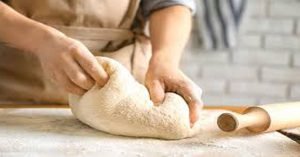
Know-How the Dough Ferments – FUNDAMENTAL FACTS – PART I
When liquid is added to wheat flour to make a dough, gluten is formed from proteins in the flour. Gluten makes an elastic framework that holds the tiny gas bubbles made by the yeast. Kneading spreads this gluten evenly through the dough.
During the fermentation period, the dough rises. The yeast cells feed on the sugar to form carbon dioxide gas and alcohol. It is this gas that makes the dough rise. The gas bubbles are held in the tiny spaces between the elastic framework of the gluten.
This elastic framework we call the cell walls. As the yeast forms more gas, these cell walls stretch to hold this gas. This stretching makes them very thin. The thinner and more delicate the cell walls, the better the bread will look and taste.
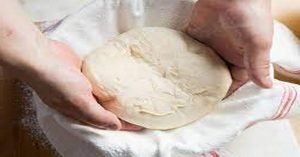
Know-How the Dough Ferments – FUNDAMENTAL FACTS – PART I
When liquid is added to wheat flour to make a dough, gluten is formed from proteins in the flour. Gluten makes an elastic framework that holds the tiny gas bubbles made by the yeast. Kneading spreads this gluten evenly through the dough.
During the fermentation period, the dough rises. The yeast cells feed on the sugar to form carbon dioxide gas and alcohol. It is this gas that makes the dough rise. The gas bubbles are held in the tiny spaces between the elastic framework of the gluten.
This elastic framework we call the cell walls. As the yeast forms more gas, these cell walls stretch to hold this gas. This stretchiAlthough these cell walls are very elastic, they can be stretched too far. If the dough is allowed to get too light at any stage, the cell walls will collapse and a poor quality of bread will result.
The “ripe test” tells when the cell walls have stretched far enough so the dough will be just right for its first “punch down.”
The gluten becomes mellow as well as elastic during the fermentation period. These changes improve the flavor of the bread.
If the fermentation goes on too fast, either from too much temperature or too much yeast, there will not be time for these necessary changes to take place in the gluten.
If the dough ferments too slowly, this also will cause poor flavor and texture in the finished bread.
Poor or inactive yeast, dough that is too stiff, or temperature which is too low will slow down the fermentation process.
It takes about 200 minutes (3 to 31⁄2 hours) under ideal conditions, for these desirable fermentation changes to develop in white dough made from hard wheat flour.
The time is slightly less for whole wheat dough or white dough made from soft wheat flour. We count this fermentation period from the time the kneading is finished until the dough is ready to mold into loaves.g makes them very thin. The thinner and more delicate the cell walls, the better the bread will look and taste.
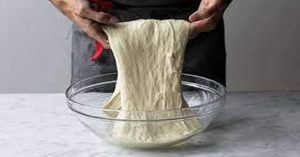
The first rising period takes slightly more than half the time. With white bread, this time is about 1 hour and 50 minutes. The temperature and softness of the dough will influence the time required to bring it to the proper state of ripeness.
Most recipes say to let the dough double in bulk for its first rising. In the high elevations in Utah, the dough will increase its volume as much as two and one-half to three times before it is ready to punch down.
Dough from hard wheat flour almost triples before it is “ripe.” Most whole wheat dough and the white dough made from soft wheat flour will be more than doubled before it is ready for the first punch.
As you learn to use the “ripe” test (see next page), you can tell just when the dough from whatever kind of flour you use, is ready for the first “punch down.”
USE LESS YEAST
We need less yeast and more and shorter rising periods to make good bread in Utah. The atmospheric pressure is much less at high elevations than it is at sea level.
That is why dough rises faster in the high mountain states than it does at lower altitudes.
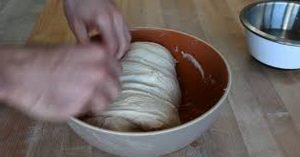
We have standardized our Utah bread recipes, to use only one-fourth of cake or a package of yeast for one loaf of bread. More yeast at our elevations speeds up the fermentation period too fast.
This means the dough will not have time to develop those desirable flavor and texture changes that make good bread.
There may be times when you might want to use more yeast to speed up the bread-making process. More yeast will hasten the rising periods but the quality of the bread will not be so good.
Both flavor and texture are improved when the fermentation period is long enough for the desired changes to take place in the gluten.
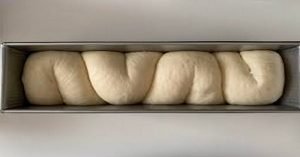
MAKE MORE PUNCHES
Our Utah-tested bread recipes call for more and shorter rising periods because the dough rises faster in our high altitudes.
Punching the dough down at more frequent intervals prevents it from getting so light that the cell walls will be stretched too far.
